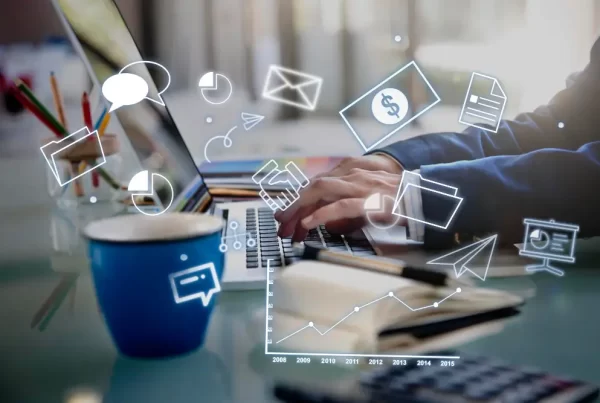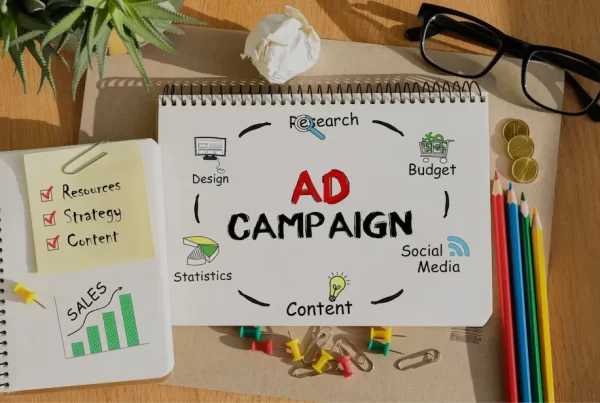When it comes to pay-per-click (PPC) advertising, Google AdWords and Bing Ads are the two major players dominating the digital advertising landscape. While Google AdWords holds the lion’s share of the market, Bing Ads offers unique advantages that shouldn’t be overlooked. In this comprehensive guide, we will compare AdWords and Bing Ads, exploring their features, targeting options, audience reach, costs, and more. By the end of this article, you’ll have a clear understanding of the strengths and weaknesses of each platform, helping you determine which one is the right fit for your business and advertising goals.
Reach and Audience
Google AdWords boasts an enormous reach, with billions of searches conducted daily. It captures a wide and diverse audience, making it ideal for businesses targeting a broad market. On the other hand, Bing Ads, powered by Microsoft’s search engine, holds a smaller market share but still reaches millions of users. Bing’s audience tends to skew slightly older and more affluent, making it a valuable platform for businesses targeting specific demographics or niche markets.
Cost and Competition
Due to its vast reach and high competition, AdWords generally has higher costs per click (CPC) compared to Bing Ads. The increased competition on AdWords can make it more challenging for smaller businesses with limited budgets to achieve a strong presence. Bing Ads, with its lower competition, can offer more affordable CPC rates and potentially better return on investment for businesses with smaller advertising budgets.
Targeting Options
Both AdWords and Bing Ads offer a range of targeting options to reach your desired audience. AdWords provides extensive options for keyword targeting, demographics, location, device targeting, and more. It also offers advanced features like remarketing and in-market audiences. Bing Ads, while not as robust as AdWords in terms of targeting options, still provides effective tools for audience targeting, including location, device, and language targeting. It also offers features like ad scheduling and dayparting to control when your ads are displayed.
Ad Formats and Extensions
AdWords offers a wide range of ad formats, including text ads, display ads, video ads, shopping ads, and more. It also provides various ad extensions, such as site links, call extensions, and structured snippets, to enhance your ad’s visibility and engagement. Bing Ads offers similar ad formats, including text ads, display ads, and shopping ads. However, its ad extension options are slightly more limited compared to AdWords. It’s essential to consider the specific ad formats and extensions that align with your advertising goals and choose the platform that provides the most suitable options.
Search Engine Market Share
Google has an overwhelming dominance in the search engine market, accounting for around 90% of global searches. AdWords leverage this market share, ensuring your ads have maximum exposure. Bing, while holding a smaller market share, still captures a significant portion of search engine users, particularly in certain demographics and regions. If your target audience aligns with Bing’s user base or if you’re looking to diversify your PPC strategy, investing in Bing Ads can be a strategic move.
Ad Performance and ROI
AdWords’ vast reach and sophisticated targeting options often result in higher click-through rates (CTRs) and conversions for advertisers. The high volume of searches on Google means more potential impressions and opportunities to drive traffic to your website. However, Bing Ads can offer a competitive advantage in terms of lower competition and potentially lower CPC rates, which can translate into a better return on investment for advertisers, especially those with smaller budgets or niche markets.
Geographic Targeting
Both AdWords and Bing Ads allow for geographic targeting, enabling you to focus your ads on specific locations. AdWords provides detailed options for location targeting, allowing you to target by country, region, city, or even specific radius around a location. Bing Ads also offers robust geographic targeting capabilities, although the available options may vary slightly. Consider your target market’s geographic preferences and the locations where you want your ads to appear when deciding between the two platforms.
Reporting and Analytics
Both AdWords and Bing Ads provide reporting and analytics tools to track the performance of your campaigns. AdWords offers Google Analytics integration, providing comprehensive insights into website traffic, conversions, and user behavior. Bing Ads provides its own analytics platform, offering data on impressions, clicks, conversions, and more. Evaluate the reporting features and metrics provided by each platform to determine which one aligns better with your reporting needs and helps you make data-driven decisions to optimize your campaigns effectively.
Customer Support and Resources
Google AdWords benefits from Google’s extensive resources, including comprehensive documentation, support forums, and a robust help center. Bing Ads also offers resources and support, including a support center, community forums, and a dedicated account management team. Consider the level of support you may require and the availability of resources when choosing between the two platforms.
Conclusion
Deciding between Google AdWords and Bing Ads requires careful consideration of your business goals, target audience, budget, and advertising needs. AdWords offers unparalleled reach, a wide range of targeting options, and extensive ad formats but comes with higher competition and costs. Bing Ads, while holding a smaller market share, offers a unique audience, lower competition, potentially lower costs, and the opportunity to diversify your advertising strategy. Assess your specific requirements, test both platforms if possible, and analyze the results to determine which platform aligns best with your objectives and provides the greatest potential for success in your PPC campaigns.











